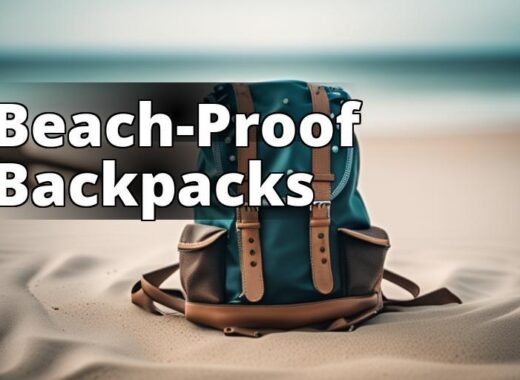As an experienced student, I know firsthand the importance of packing a backpack efficiently for school. A well-packed backpack can make all the difference in ensuring a comfortable and organized experience throughout the school day. In this comprehensive guide, I’ll provide tips and tricks for packing a backpack for school, from choosing the right backpack to organizing and packing efficiently.
Tips for Packing a Backpack for School
By reading this article, you will learn:
– How to choose the right backpack for school
– What essential items to pack in your backpack
– Tips for organizing and packing your backpack efficiently
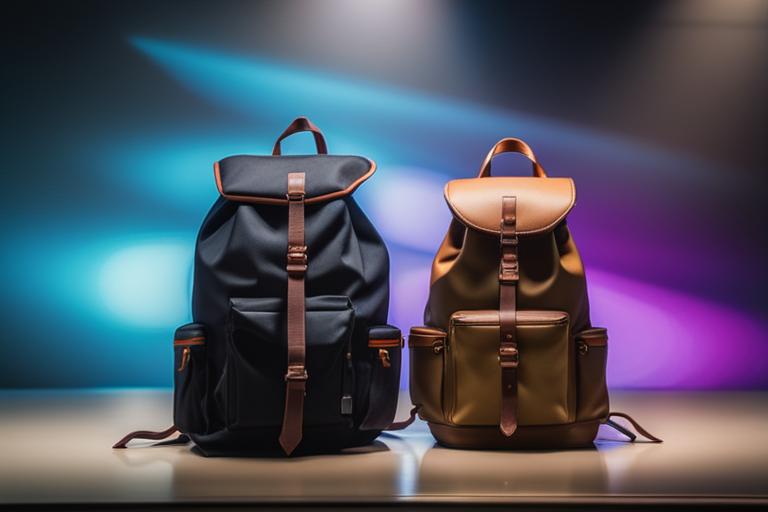
Choosing the Right Backpack
Before you can start packing your backpack, it’s important to choose the right one. A comfortable and well-fitting backpack is essential to avoid strain on your back and shoulders. Here are some tips for selecting the right backpack:
Size
Choose a backpack that is appropriate for your size. A backpack that is too large or too small can cause discomfort and strain. Look for backpacks that are designed for your age group or size.
Features
Consider the features of the backpack before making a purchase. Look for backpacks with comfortable straps, multiple compartments, and padded back support. These features can make a big difference in your comfort level throughout the day.
Materials
Choose a backpack made from durable materials, such as nylon or canvas. These materials will hold up well over time and can withstand the wear and tear of daily use.
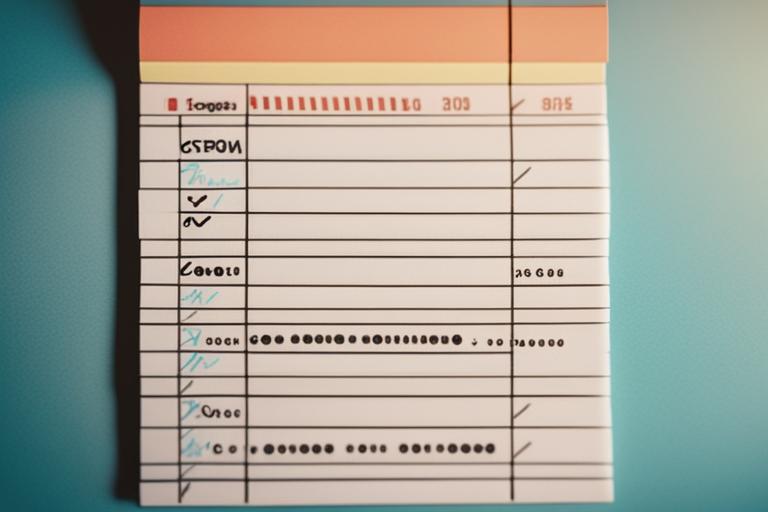
Making a List of Essentials
Before you start packing your backpack, it’s important to make a list of the items you’ll need for school. This will help you ensure that you don’t forget any important items. Here’s a checklist of essential items to include in your school backpack:
- Textbooks and notebooks
- Writing instruments, such as pens and pencils
- Calculator
- Lunchbox
- Water bottle
- Phone charger
- Extra clothes, if needed
- Any necessary medication

Organizing the Backpack
Once you have your backpack and your list of essentials, it’s time to start organizing. Organizing your backpack can help you find items quickly and easily throughout the day. Here are some tips for dividing your backpack into different compartments for efficient organization:
Use Compartments
Most backpacks have multiple compartments. Use these compartments to divide your items into different categories. For example, keep textbooks and notebooks in one compartment and your lunchbox in another.
Consider Accessibility
Place frequently used items, such as your phone or calculator, in easy-to-reach compartments. This will help you avoid having to dig through your backpack to find what you need.
Use Pouches or Packing Cubes
Consider using pouches or packing cubes to keep smaller items organized. These can be especially helpful for items like pens and pencils, which can easily get lost in a backpack.
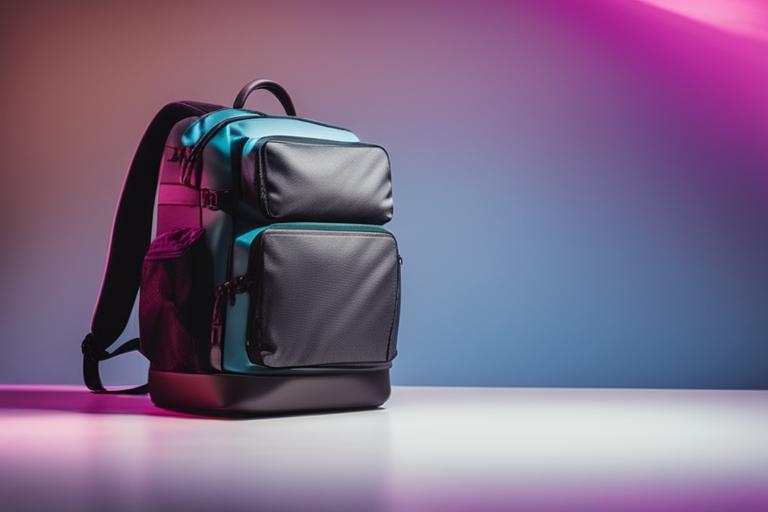
Packing the Backpack
Now that you’ve organized your backpack, it’s time to start packing. Here are some tips for packing your backpack in a way that distributes weight evenly:
Pack the Heaviest Items First
Pack the heaviest items, such as textbooks, at the bottom of your backpack. This will help distribute weight evenly and avoid strain on your back and shoulders.
Use Packing Cubes or Pouches
Use packing cubes or pouches to keep items organized and prevent them from shifting around in your backpack.
Keep Frequently Used Items Accessible
Place frequently used items, such as your phone or calculator, in easy-to-reach compartments. This will help you avoid having to dig through your backpack to find what you need.
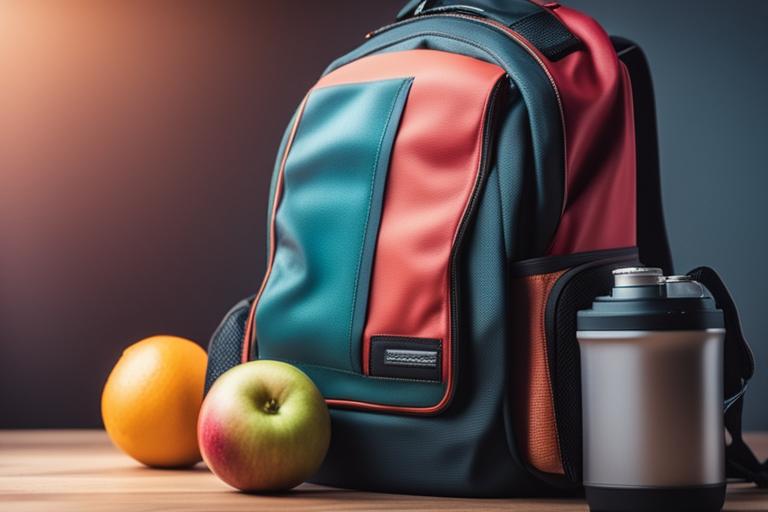
Additional Tips for Packing a Backpack for School
Here are some additional tips to make packing a backpack for school easier and more efficient:
Pack a Lunchbox
If you bring your lunch to school, consider packing it in a separate lunchbox. This will help keep your food fresh and prevent it from getting crushed in your backpack.
Avoid Overpacking
Be mindful of the weight of your backpack. Avoid overpacking and only bring the essentials to avoid strain on your back and shoulders.
Personal Story: The Consequences of Overpacking
As a high school student, I remember packing my backpack to the brim every day with books, notebooks, binders, snacks, and my laptop. I wanted to be prepared for anything that might happen during the day, but I didn’t realize the consequences of overpacking.
One day, I had to walk several blocks to catch a bus after school. As I made my way, I began to feel a sharp pain in my lower back. I tried to adjust my backpack and shift the weight, but the pain only got worse. By the time I made it to the bus stop, I was in tears from the agony.
The next day, I went to see a chiropractor who explained that I had strained my lower back muscles from carrying too much weight in my backpack. He recommended that I always pack my backpack with the heaviest items at the bottom, use both shoulder straps, and avoid carrying unnecessary items.
From that day on, I made a conscious effort to pack my backpack more efficiently and only carry the essentials. I also started doing exercises to strengthen my back muscles and prevent further injury.
I learned the hard way that overpacking can have serious consequences on our physical health. By following the tips in this article, we can ensure that we pack our backpacks in a way that distributes weight evenly and prevents unnecessary strain on our bodies.
Adjust the Straps
Adjust the straps of your backpack to ensure a comfortable fit. The backpack should sit comfortably on your shoulders without pulling down on your back.
Conclusion
Packing a backpack for school may seem like a small task, but it can make a big difference in your comfort and organization throughout the day. By following these tips and tricks from an experienced student, you can improve your backpack packing skills and ensure a comfortable and organized experience while carrying your school essentials. Remember to choose a comfortable and well-fitting backpack, make a list of essentials, organize your backpack, pack efficiently, and follow additional tips for a hassle-free experience.
FAQ
Who should pack their backpack for school?
Students of all ages should pack their own backpack.
What should I consider when packing my backpack?
Consider the weight, size, and organization of items.
How can I organize my backpack for school?
Use compartments and pouches to separate items by category.
What if my backpack is too heavy to carry?
Consider leaving non-essential items at home or in a locker.
How can I prevent back pain from carrying a heavy backpack?
Choose a backpack with padded straps and a waist belt.
What if I forget something important in my backpack?
Make a checklist to ensure all necessary items are packed.
William is a former middle school teacher with a passion for helping students succeed in and out of the classroom. With over 10 years of experience working with students, William knows the ins and outs of packing a backpack for school. She has seen firsthand the struggles that students face when their backpacks are disorganized and overloaded, leading to lost assignments, forgotten supplies, and back pain.
William has also done extensive research on the subject, citing studies that show the negative effects of carrying heavy backpacks on students’ health and academic performance. She emphasizes the importance of choosing the right backpack with the right features and materials, and provides tips on how to organize and pack the backpack in a way that is both efficient and ergonomic.
In addition to her teaching experience, William is a certified yoga instructor and has a deep understanding of the body and how it moves. She uses this knowledge to provide tips on how to prevent back pain and injury when carrying a backpack. Overall, William is a valuable resource for anyone looking to make their backpack-packing experience more hassle-free and healthy.

